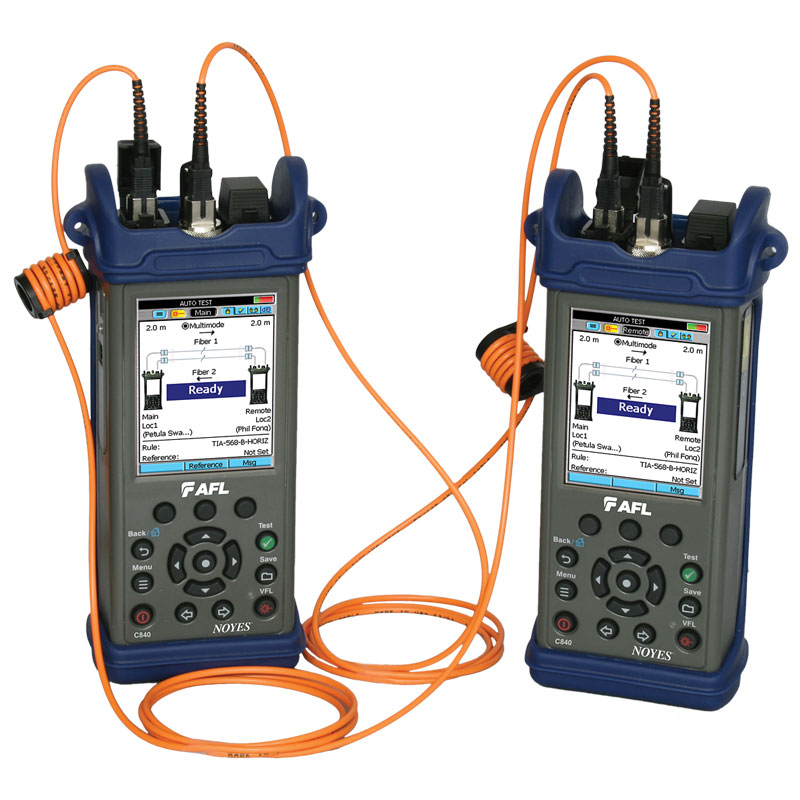Top 10 challenges optical measurement system can solve in production lines
All You Need to Know About Robotic Vision and Its Applications in Advanced Optical Measurement Solutions
Robotic vision stands for a significant innovation in the crossway of computer vision, expert system, and equipment learning. This technology boosts the accuracy of optical dimension systems, making it possible for real-time data evaluation and enhanced quality control. Its effect spans multiple industries, from producing to healthcare. Nonetheless, the developing landscape of robotic vision questions concerning future capacities and applications (robotic vision). What technologies exist ahead in this transformative field?
Recognizing Robotic Vision: Trick Concepts and Technologies
Robotic vision incorporates the innovations and approaches that allow machines to translate and recognize aesthetic details from their setting. This field incorporates aspects of computer system vision, expert system, and artificial intelligence to promote automated decision-making based on visual information. Secret concepts include picture handling, which entails the enhancement and evaluation of images to extract significant functions, and object recognition, which permits makers to identify and categorize things within a scene.

The Assimilation of Robotic Vision With Optical Dimension Solutions
As markets progressively demand precision and performance, the integration of robotic vision with optical measurement systems has actually arised as a transformative approach. This harmony permits robotics to perceive and translate their environments, enhancing the ability of optical measurement systems to evaluate and examine objects with unrivaled accuracy. By furnishing optical sensing units with innovative imaging innovations, robotic vision makes it possible for real-time information collection and handling, assisting in prompt changes to dimension specifications.
In addition, the mix equips automated systems to find variations in measurements, surface area top quality, and placement, which are crucial in quality assurance processes. Improved algorithms, such as artificial intelligence, additional enhance this combination by enhancing the systems' capability to adapt to different environments and scenarios. The assimilation not just simplifies dimension procedures but also decreases mistakes, ensuring that products fulfill rigid industry criteria, consequently solidifying the role of robot vision in the future of optical measurement systems.
Applications of Robotic Vision in Production
In modern manufacturing environments, making use of vision systems has actually revolutionized manufacturing procedures by enabling equipments to do tasks with amazing precision and rate. Robotic vision systems are progressively utilized for quality assurance, where they inspect products for defects and guarantee adherence to specifications. These systems use electronic cameras and progressed formulas to examine products in real-time, significantly reducing the risk of human mistake.
Furthermore, robot vision assists in automation in production line, permitting robots to precisely identify elements and construct them with minimal downtime. This innovation also enhances supply administration, as vision systems can check supply levels and spot discrepancies, assuring a seamless supply chain.
Robotic vision help in the implementation of wise factories, where data from vision systems can be integrated with other innovations to optimize operations (optical measurement system). Overall, the applications of robot vision in producing show its critical duty in improving performance, top quality, and productivity throughout numerous markets
Robotic Vision in Healthcare: Reinventing Client Care

In rehabilitation, robot vision aids in keeping an eye on person development and tailoring therapy sessions to individual demands. It supports clinical professionals by automating tasks such as data collection and patient monitoring, enabling even more time to focus on direct individual interaction. Additionally, robot vision improves telemedicine by enabling remote medical diagnosis and digital assessments, bridging the gap in between individuals and health care carriers. Overall, the application of robotic vision in medical care is transforming client treatment, causing improved results, efficiency, and blog patient satisfaction.
Future Trends and Advancements in Robotic Vision Innovation
The quick evolution of robot vision innovation assures to better boost its applications across numerous sectors, including health care. Future patterns suggest a considerable shift in the direction of including synthetic intelligence and artificial intelligence, enabling systems to pick up from vast datasets and enhance accuracy with time. Boosted sensing unit modern technologies and deep discovering algorithms are anticipated to improve object acknowledgment capacities, allowing robots to interpret complicated settings better.

Moreover, the assimilation of increased fact (AR) with robot vision will likely transform exactly how robotics assist in surgical treatments and diagnostics. This harmony will certainly facilitate real-time data visualization, enhancing decision-making processes. Additionally, miniaturization of elements will result in more small and flexible robotic vision systems appropriate for a range of jobs. As these innovations unravel, industries will certainly witness boosted automation and efficiency, strengthening robotic vision as a foundation of innovative technological solutions.
Frequently Asked Inquiries
What Are the Main Elements of a Robotic Vision System?
The major components of a robot vision system include cameras for image capture, cpus for data analysis, algorithms for interpretation, and actuators for movement. With each other, these aspects allow robotics to regard and connect with their setting successfully.
Exactly How Does Robotic Vision Improve Accuracy in Measurements?
Robotic vision boosts dimension accuracy by utilizing sophisticated imaging modern technologies, making it possible for specific item detection and spatial evaluation. This capability lowers human error, increases repeatability, and permits for real-time modifications, ultimately boosting general measurement dependability and efficiency.
What Industries Benefit The Majority Of From Robotic Vision Technology?
Various sectors profit significantly from robot vision technology, including production, health care, agriculture, and logistics. These markets make use of enhanced accuracy, effectiveness, and automation, causing enhanced efficiency and lowered functional expenses in their particular processes.
Can Robotic Vision Solutions Work in Low-Light Conditions?
Robotic vision systems can certainly function in low-light conditions, making use of innovative sensing units and algorithms to their website improve image clarity. This visit this website capability permits them to do successfully in numerous atmospheres, consisting of commercial and surveillance applications, despite having minimal illumination.
What Are the Costs Related To Applying Robotic Vision?
The costs connected with implementing robotic vision differ considerably, affected by elements such as electronic cameras, software, and assimilation. Extra expenses consist of maintenance, training employees, and prospective upgrades to existing systems, which can collect in time.